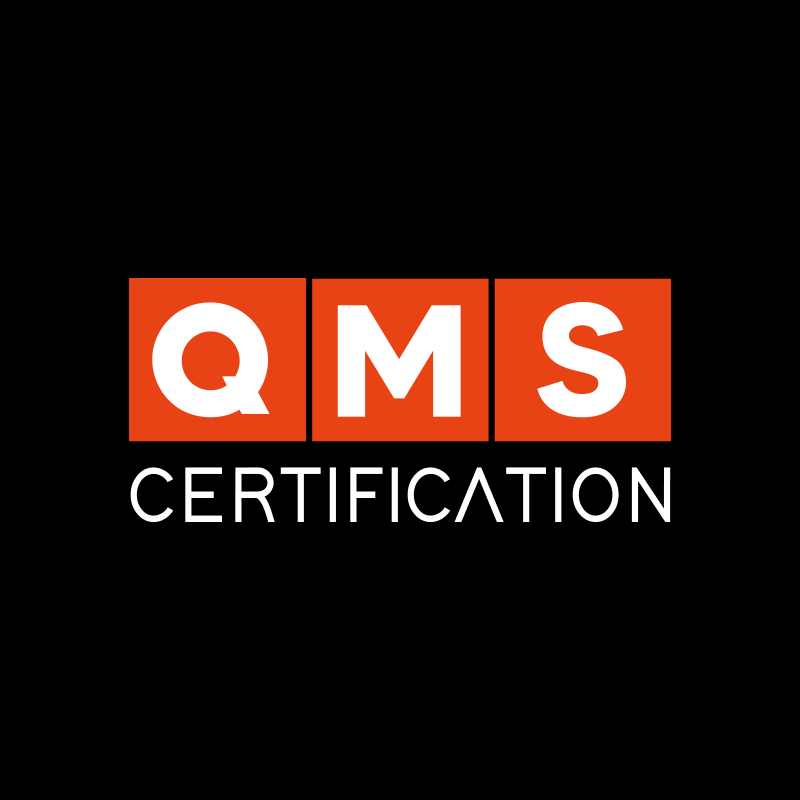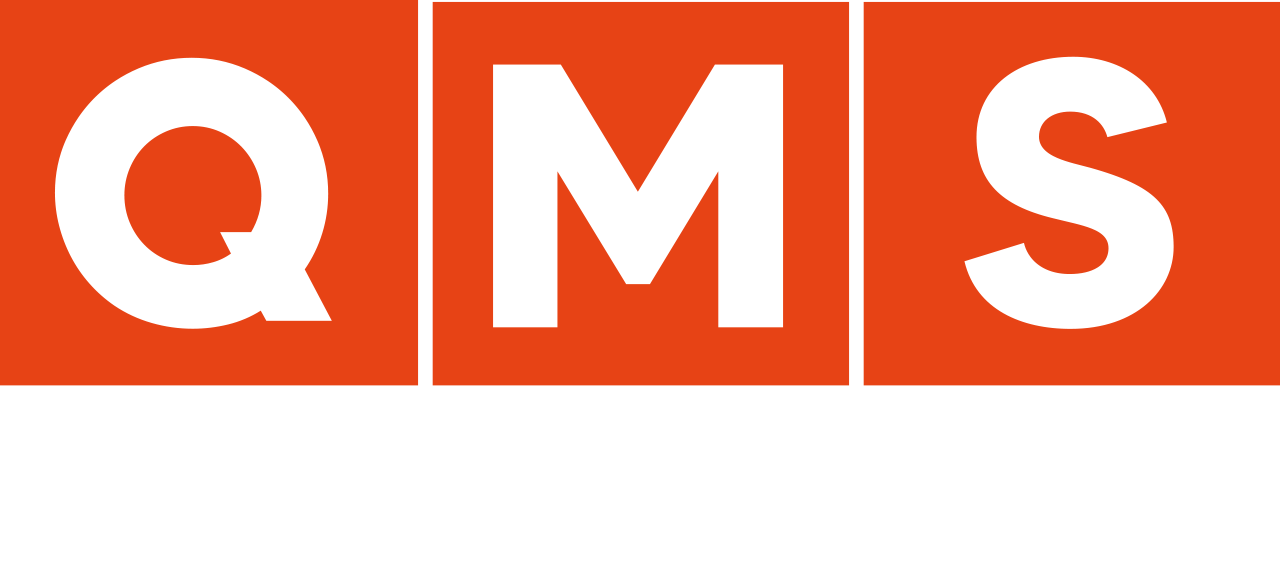The PDCA cycle became popular with Deming, one of the greatest quality gurus, the PDCA cycle is short for Plan, Do, Check, Act, the PDCA tool can be used in different ways, in projects and any process, however as mentioned above, in addition to the great use in quality control processes, the PDCA cycle was enshrined in quality assurance, when it was incorporated as a structural basis for ISO Standards.
The tool is cyclical and aims at repetition to improve a process / project, obeying the following phases in a management system to the standard Annex SL, common layout for ISO management system standards.
Plan
In this phase, the planning requirements are established, following clause 4 – Context of the Organization, 5 – Leadership, 6 – Planning and 7 – Support (Resources), it is in these phases that a management system is planned and the phases are established.
In item 4 the organization understands its context by the various requirements of the clause, in item 5 the responsibilities, authorities and necessary roles in a management system are established, as well as any item related to leadership, in item 6 the rules themselves already establish how the same phase of the PDCA cycle, which contains requirements of great importance such as Risks, Objectives and Change Planning, ending with item 7 which contains all the necessary resources of a management system.
Do
The DO phase as planned, everything that was planned in the previous requirements is now carried out, in accordance with item 8 – Operation of Annex SL, due to that in this clause there is a dense amount of information for the operation of a system of management.
Check
The checking or verifying, as you wish, in the PDCA cycle is established to understand if everything that was accomplished went according to plan, therefore in the management system, if extremely important requirements such as context and risks that were planned in the Plan phase were implemented correctly, it is at this stage that the management system verifies this.
It is not by chance that in this item we have Critical Analysis by Management, Internal Audit and Analysis and evaluation.
Curiosity: Even after the consecration of the tool, Deming changed the way he called the PDCA, replacing the C (Check) with the S of Study, calling it PDSA, wanting to emphasize the importance of a detailed study of the process .
Act
After planning, doing, checking is the time to act on a management system, the action will be carried out mainly in accordance with non-compliance and corrective action to obtain continuous improvement of the management system.
The PDCA cycle does not stop there, after the 4 phases it starts again and within the management system again we do the PLAN, DO, CHECK, ACT, it is a cyclical tool that brings huge gains to any organization that applies it properly.










